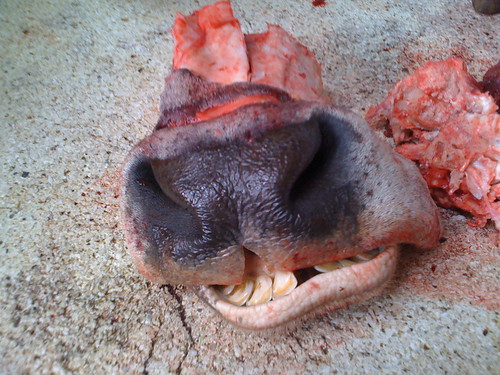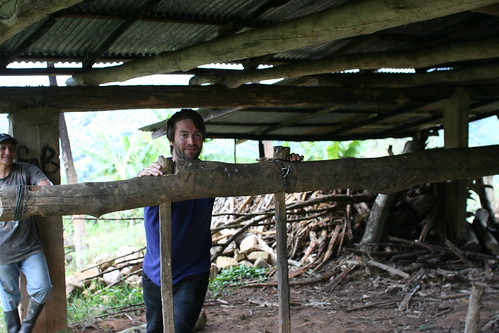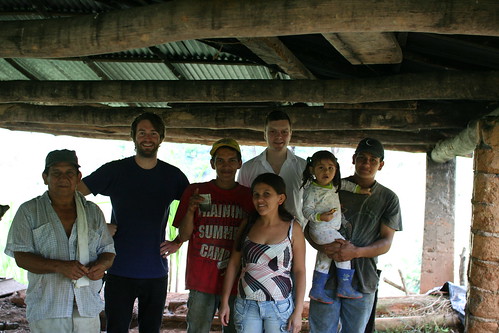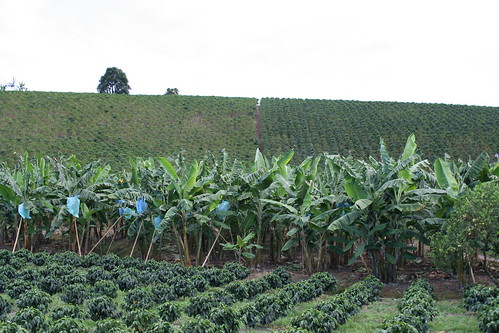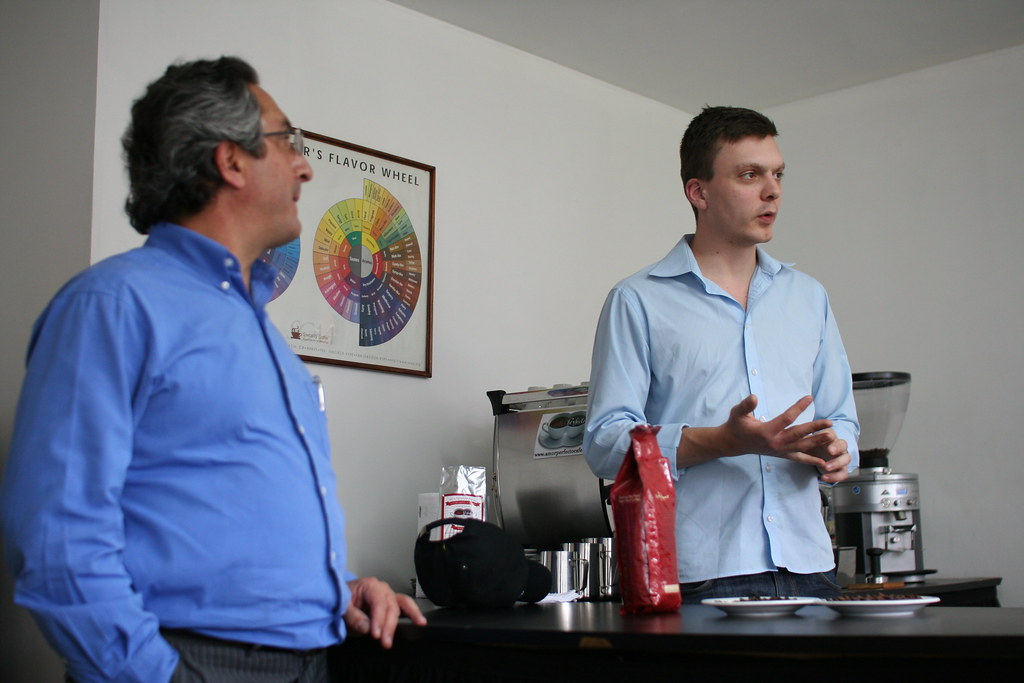There is little doubt that traveling to origin is exhausting. With work piling up at home while we were away there has been little time to blog about the last days of our Colombia trip.
I promised you more, so here goes.
Day 3:
Early in the morning on our 3rd day in Garzon, we started with a cup tasting at the Coocentral cupping lab. There were not many coffees on the table as this was at the start at the harvest, and the qualities are not 100% yet. Still we tasted a very intense and winy coffee that came from the Garzon area. Apparently the farmer of this coffee had been delivering consistent quality over the past years, so we decided to pay him a visit later on that day. After a short stop at the recieving point in Garzon to see how they analyze and grade the coffee and calculate the price for the farmer, we stopped at the mill in Garzon for a defect cupping. We tasted some minor and some major cases of both phenolic coffee, fermented coffee and also some low quality coffee from the area. It was really nice to get a perspective of what we are buying from the same area and also to learn more about defects. It is much easier to detect minor defects once you have tasted a very tainted cup.
After a quick tour of the local food market, we headed straight for the farm that had been producing the coffee we really liked earlier that morning. The farm Vereda la Soledad was located at about 1600 metetrs above sea level in a small valley. The farmer, Mr. Arcadio Cevalles had 2 farms, each located on separate sides of the valley, together with his wife and family. A family business if you like.
Mr. Cevalles took us on a tour up and down his valley of coffee trees, that pretty much looked like a jungle. He also showed us a 50 year old Tipica tree that he had just ripped out of the ground last year. (What a shame) The walk was quite steep, hot and humid so our translator passed out right in the middle of the coffee field. We therefore decided to make some natural afrodisiac and energy booster, Guarapa, the liquid pressed out of sugar cane. Little did we know that the sugar cane press was a manual one that used to be run by donkey power. Tim, Mario and myself stepped in and started to push the old sugar press in order to make some very sweet energy drinks.
It took us about 10 minutes to make 2 liters or so, and it was exhausting. While enjoying the Guarapa, we had a nice chat with Mr. Cevalles and it turned out that we were the first foreigners they had ever met. That totally blew our mind and hopefully we did not make a bad impression on them. (Although we probably were a bit rude not drinking all of the sugar heavy guarapa.)
At the end of the visit Mr. Cevalles showed us how he processed his coffee in one of his micro mills. Although the equipment was very basic it was very clean and did the job perfectly well. After all his coffee tasted great.
In the afternoon we visited another farm in Garzon called Finca Villa Adriana. This was by far the most well organized farm I have ever been to in Colombia. I think the Farmer, Mr. Diogenes Polania, had some German DNA, because he was definately a perfectionist which is not very common in farmland, Colombia. Since the farm was only at 1300 m.a.s. he had a lot of problems with leaf rust attacking the trees. Half of the trees he had on his 4 hectars of land were under severe attack, but according to himself he was able to control it. (See the contrast on picture below. Left side is attacked by leaf rust.)
Although the farm was not in a high elevated area and the trees were under attack, the climate was quite cool which translates into longer maturation times and more flavour in the cup. The farm was very interesting and well organized so we asked Mr. Polania to send us samples of his coffee by the end of May so that we at least can see how it tastes like and give him some feedback. You never know, maybe it is a hidden treasure.
 One of the most interesting parts of this visit was that we got to interview some coffee pickers together with our translator Sonia who is a teacher. As we all know teachers are not very well payed. Sonia earned about 10 USD per hour in her private school. A coffee picker earns about 7 USD per day if he picks about 90 kilos og red coffee cherries per day. (Which is a lot of cherries). This is what makes me frustrated when people complain about quality coffee being too expensive. It is not our coffee that is expensive it is the mass produced coffee that is way too cheap and not sustainable for a farmer, nor a picker in terms of income. If the consumers only knew.
One of the most interesting parts of this visit was that we got to interview some coffee pickers together with our translator Sonia who is a teacher. As we all know teachers are not very well payed. Sonia earned about 10 USD per hour in her private school. A coffee picker earns about 7 USD per day if he picks about 90 kilos og red coffee cherries per day. (Which is a lot of cherries). This is what makes me frustrated when people complain about quality coffee being too expensive. It is not our coffee that is expensive it is the mass produced coffee that is way too cheap and not sustainable for a farmer, nor a picker in terms of income. If the consumers only knew.

After a full day in the field, both Tim and I went straight to bed after a refreshing beer. All the impressions and travel really makes you tired in the evenings.
Day 4:
Day 4 started with a really bad car ride from Garzon to Neiva. After a short plane ride from Neiva to Bogota, we went straight to Virmax’ office for a cup tasting where we tasted their newly crowned “SCAA’s coffee of the year” and some of the 2009 Colombian Cup of Excellence winners. It was a really strange experience to taste coffees at 2600 m.a.s. since the low oxygen in the atmosphere makes the aroma impression of the coffee really weak and different from what we are used to.
In the afternoon, I had a seminar / training for a group of Colombian baristas at Amor Perfecto, a small specialty roastery in Bogota. You would be surprized by the level of the baristas in Colombia and their enthusiasm. The fact that they are so close to the coffee farms as well makes me really envious, although most of them have never been to a farm in their life. To me that is madness.
The evening was spent eating a lovely dinner in one of Bogotas appartment buildings overseeing the whole city. The reason for taking an easy night in, was because on our last day in Colombia we celebrated my 30th birthday at a crazy place called Andres Carné de Res. If you ever go to Bogota, make sure you go there!

